Futuring Heritage: Conservation, Community and Contestation
‘Futuring Heritage: Conservation, Community and Contestation in the Eastern Himalayas’ is a project funded by the Dutch Research Council (NWO). In the eastern Himalayas, agency is not just attributed to humans, but also to animals, plants, rocks, rivers, mountains, spirits and deities, often in a combination thereof.
The Futuring Heritage project researches how their actions have an impact on the environment, contributing to its sustenance, extraction or destruction, bringing different kinds of knowledge, experience, and skills into play. How do such agentive actions, in different ways, draw on the past? And what are their implications for the future? In what possible ways can these be bridged? To answer questions such as these, the project researches the intentionalities of the many human and more-than-human actors involved.
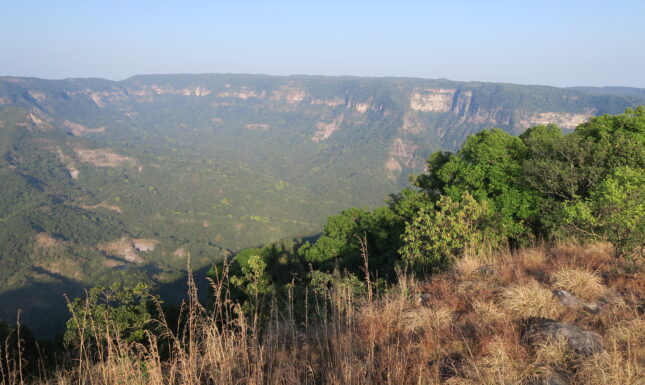

Making UNESCO World Heritage
The importance of this thematic dawned upon me some years ago when I was drawn into an attempt to acquire UNESCO World Heritage status for a large forested area in the Garo Hills of Meghalaya (India). This is a region in which I have conducted ethnographic research on environmental relationships for more than two decades. Stretching across a hilly range along the northern border of Bangladesh, Garo Hills historically had dense forests and abundant wildlife. In recent decades, its prime forest has sharply declined and its wildlife dwindled. In an attempt to sustain some of the prime forest left, wildlife conservationists, together with the Indian forest department, decided to bid for UNESCO World Heritage recognition of what they coined the Garo Hills Conservation Area. The bid would be for a World Heritage site in the mixed category, for it being unique in a natural, cultural and geological sense. I was asked to contribute to the cultural dimensions of the bid, and after some deliberation agreed to be an unpaid advisor on the condition that I would be allowed to write about my experiences in relation to the effort.

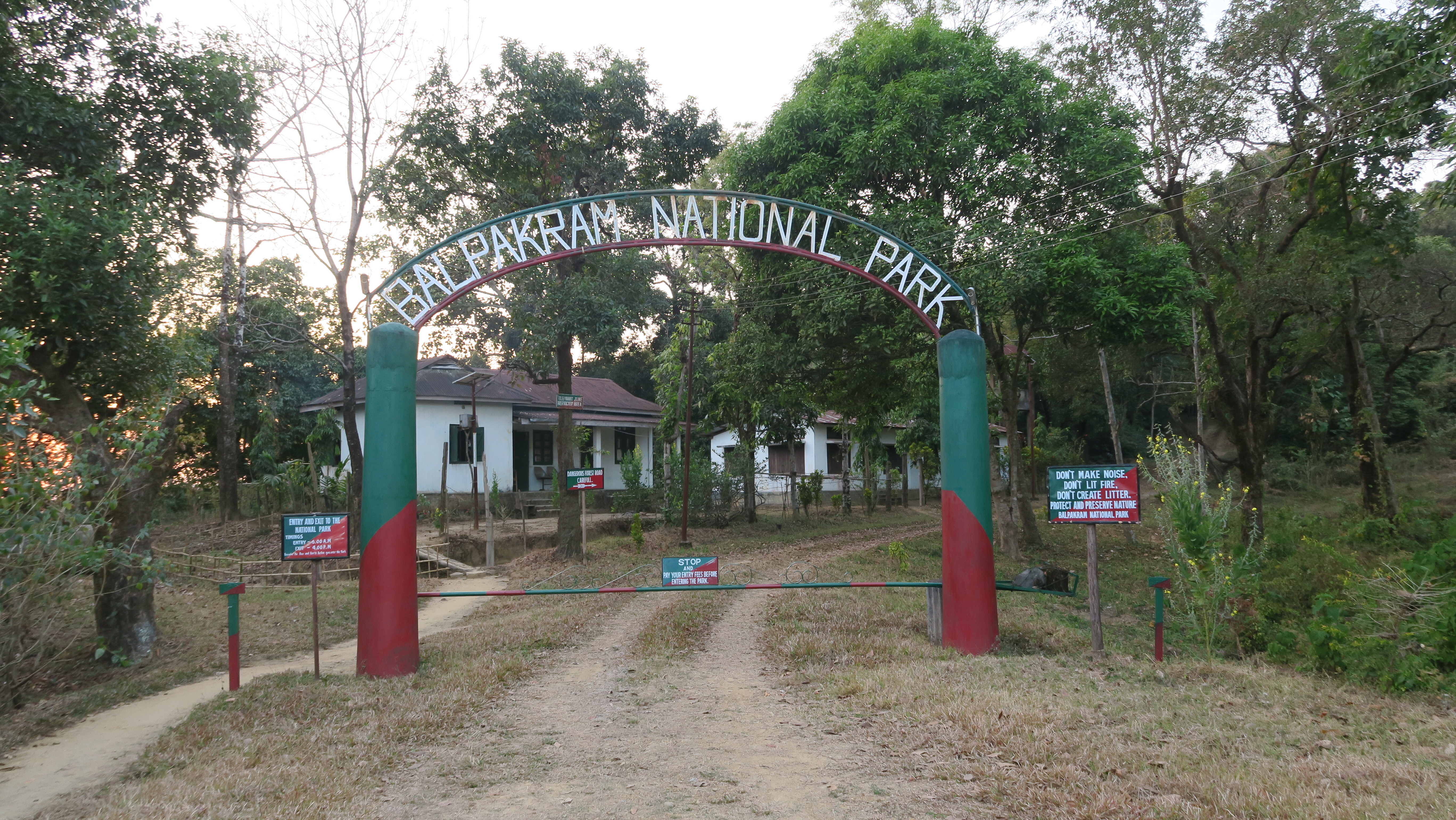
The nomination dossier was to be modelled on the successful World Heritage recognition gained in 2016 for the Khangchendzonga National Park in the nearby Indian state of Sikkim. One of the challenges for the bid, I knew, would be the drafting of a convincing ‘community management plan’, a section of the proposal which specifies how local residents could benefit from the World Heritage status to be obtained. It brought up the challenging question what and who constituted that community, and in what respects it had shared interests. It also meant that that community needed to be consulted, and that a way would have to be found to synchronise the expectations of local residents and wildlife conservationists, a process about which I have written elsewhere.
What is the heritage to be cherished?
In the end the nomination dossier was not completed due to a variety of reasons, one of these being that the conservationists felt that they could not agree to mentioning shifting cultivation (locally known as jhum) in the dossier as a valued and viable cultural practice. Jhum is among local farmers a much-cherished way of farming, exemplifying the relational agency of humans and more-than-humans. But to many conservationists, the logging and burning of forest to make fields, which is integral to jhum cultivation, is a sine qua non. Yet, in my understanding, and that of many others, jhum is central to Garo social organisation, and should therefore have been acknowledged and integrated in the community management plan.


The process which was to lead to the drafting of the Garo Hills Conservation Area World Heritage nomination dossier made evident that the people involved did not converge on what constituted the heritage to be nominated. Nevertheless, it was obvious to all involved in the drafting of the dossier—in addition to local residents and wildlife conservationists, as well as for example local tourism operators—that the environment mattered. Moreover, to all of them that environment derived a substantial portion of its value from what it had been in the past, which was why in one way or another it was to be sustained for the future.
Futuring, dispositions and agency
The Futuring Heritage research project introduces the concept ‘futuring’ to create a level playing field among the multiple agentive human and more-than-human actors involved in a process such as the drafting of a UNESCO World Heritage nomination dossier for the Garo Hills Conservation Area. Futuring then refers to the ways in which present actions and orientations make implicit reference to the future—not through deliberate forecasting, but through lived practices shaped by experience.
Here, we draw on what Pierre Bourdieu termed dispositions: durable, transposable and embodied patterns of thought and action that reflect spatial, temporal, conceptual and societal hierarchies of everyday life. Yet in the eastern Himalayas, these dispositions are not limited to humans, but also include more-than-human others. In addition, in the eastern Himalayas local residents are considered—in the Indian administrative lingo—‘tribal’, as against conservationist who are not. This is often assumed to suggest that the local ‘tribal’ people have a privileged cultural association with their environment, whereas conservationists operate from objective, scientific premises. This is problematic, since it overlooks that conservationists also operate from a perspective that is historical, political, and ontologically grounded, as has been made convincingly clear by among others Donna Harroway.

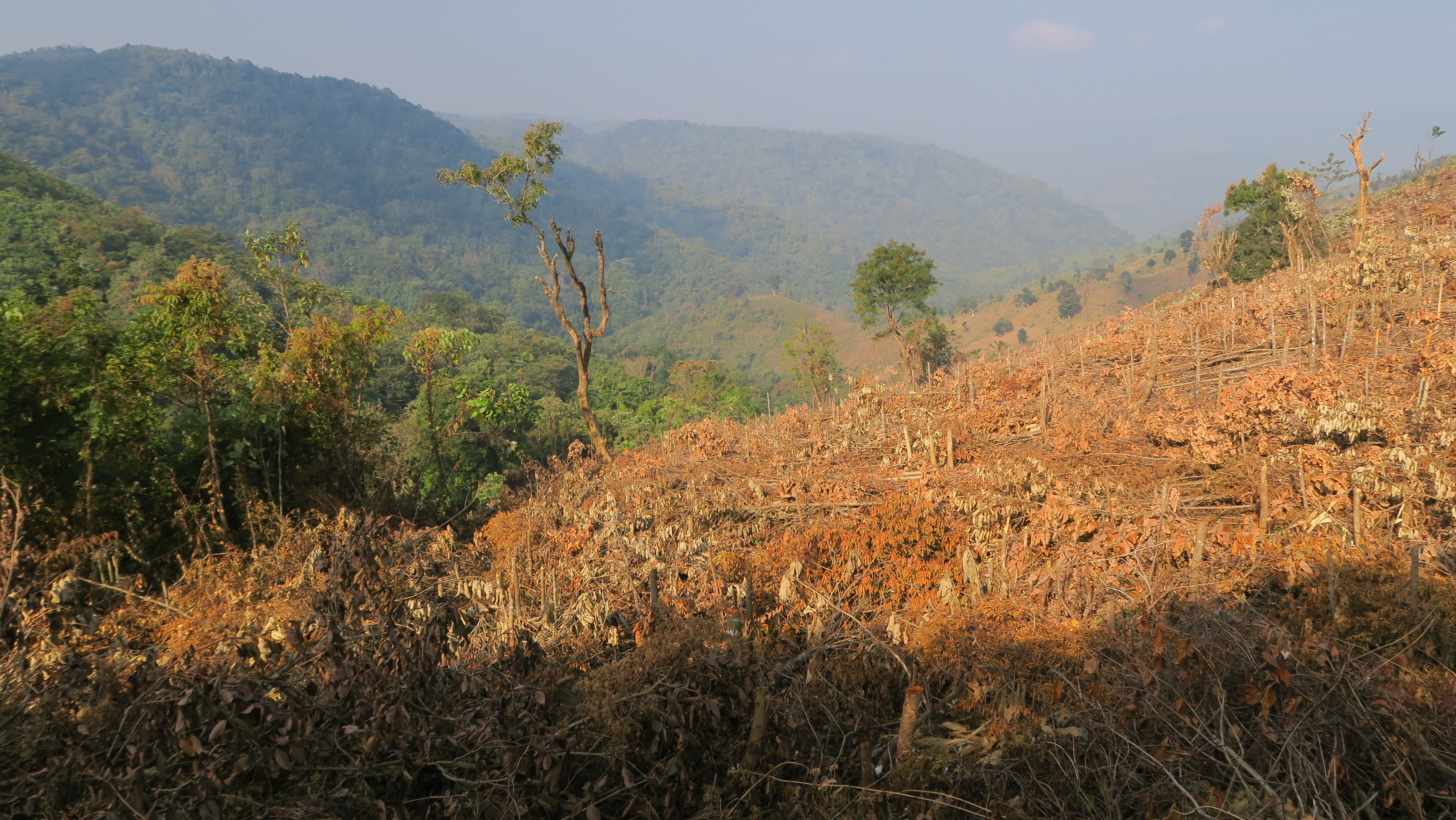
Futuring creates a lens for the project to research how environments have a different value for distinct actors. Futuring is then about agentive action which is to the actors self-evident, intuitive, and seemingly does not require explanation. Foregrounding futuring can give us access to such values as lived and experienced. It provides us with a conceptual tool to not only research how farmers value and engage with environment in for example Garo Hills, but also how it is of relevance to tourism operators, conservationists, civil servants and NGO workers. Such values, from this perspective, are necessarily premised on the past. Efforts to preserve environmentally vulnerable places or biodiversity hotspots therefore mimic processes of ‘heritage making’ or ‘heritagization’, identifying what should be retained and remembered from the past for the sake of an envisaged future.
Subprojects, academic and societal partners
The Futuring Heritage project researches this thematic from a comparative perspective, across three case studies in the eastern Himalayas of India. The first case study focuses on the implications, in terms of multi-species relationships, of the UNESCO acknowledgement which was obtained for the Kanchenjunga National Park in 2016 (conducted by Abhimanyu Chettri, PhD candidate). The second case study focuses on the attempt to create the Garo Hills Conservation Area, and the kind of environmental relationalities that involves (research done by myself). The third case study is aimed at more-than-human relationships in Jaintia Hills (Meghalaya India), where citizens refer to heritage values in attempting to roll back some of the serious environmental degradation which has taken place there due to locally enabled open cast coal mining (conducted by Anna Notsu, PhD candidate). The project is supported by a large consortium which includes academic partners in India, as well as government organisations and NGOs active in the eastern Himalayas.
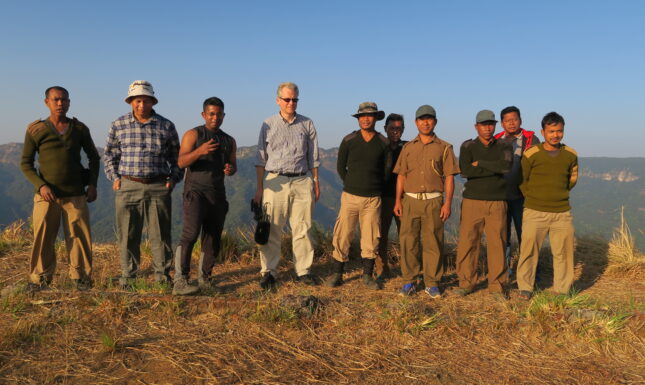

Image banner: large sections of Balpakram National Park are covered by prime forest (photo: Erik de Maaker).
This is the first of two posts on the Leiden Anthropology Blog introducing the Futuring Heritage project. The second blog post, by Anna Notsu and Abhimanyu Chettri, has been published on October 14, 2025.
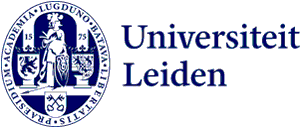


0 Comments
Add a comment